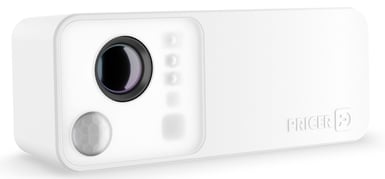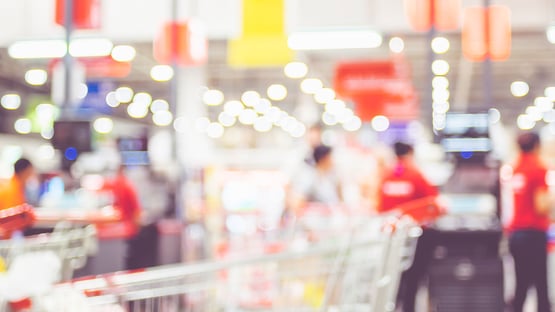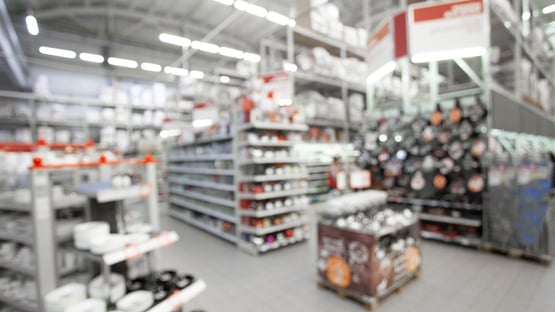Automation is likely to be high on the list of many retailers as they look to 2022. Numbers from Statista show that the market for retail automation is expected to grow by 10 percent in the coming year. It makes a lot of sense, as automation really is a key part in making retail stores digital.
The pandemic also highlighted new use cases for automation, making it more critical than ever.
Reduce vulnerability to staff shortage
The pandemic highlighted how dependent retail is on manual in-store operations and how that can become a vulnerability when a virus prevents you from working or when there is a significant skills shortage.
By automating key in-store tasks, stores can function even during extraordinary circumstances.
45 percent of retailers aim to have real-time automation in place in the next few years"
Better predict sudden spikes
During the pandemic many retailers were also caught off guard by sudden changes in demand. By introducing sensors across the aisles, combined with cloud-enabled and AI-based analytics in real-time, retailers can track demand, predict changes, and adapt accordingly, locally and centrally.
Numbers from Statista indicate that 45 percent of retailers aim to have real-time automation in place in the next few years.
Better navigation with flash
During the pandemic, consumers wanted to reduce time spent in stores while staff wanted to move more efficiently across the aisles to collect the growing number of click & collect orders.
Shelf flash functionality could be a beacon of light for impatient consumers who want to find what they are looking for and for staff under pressure to replenish and pick orders.
CPG brands want to know which store to visit and when
CPG brands (manufacturers) want to make sure that their products are well represented on the shelves in every store, that the planogram is respected and that there are no products missing in order to maximize sale.
Today, the field sales representatives visit the stores according to a specified schedule – whether it is necessary or not due to lack of real-time information. In other words, time is not well spent which leads to high cost and inefficiency.
With an automated AI-based shelf vision monitoring of the shelves they can monitor the shelves remotely and get immediate access to data with out of shelf alerts, efficient inventory management, planogram assurance and reduced in-store management costs. This also reduces the unnecessary time spent in stores.
 Shelf Vision Camera from Pricer
Shelf Vision Camera from Pricer
In closing
For a very long-time outdated processes and IT infrastructure hampered the automation of retailers.
Numbers from Statista for instance show that only 34 percent of retailers have automated data collection. But no real digitalization of retail will happen without automating the in-store processes and consumers, brands and retailers all need their products to be in stock and easy to find. Therefore, automation will play a key part in post-Covid retail and the time to act is now.
Published on January 20, 2022



